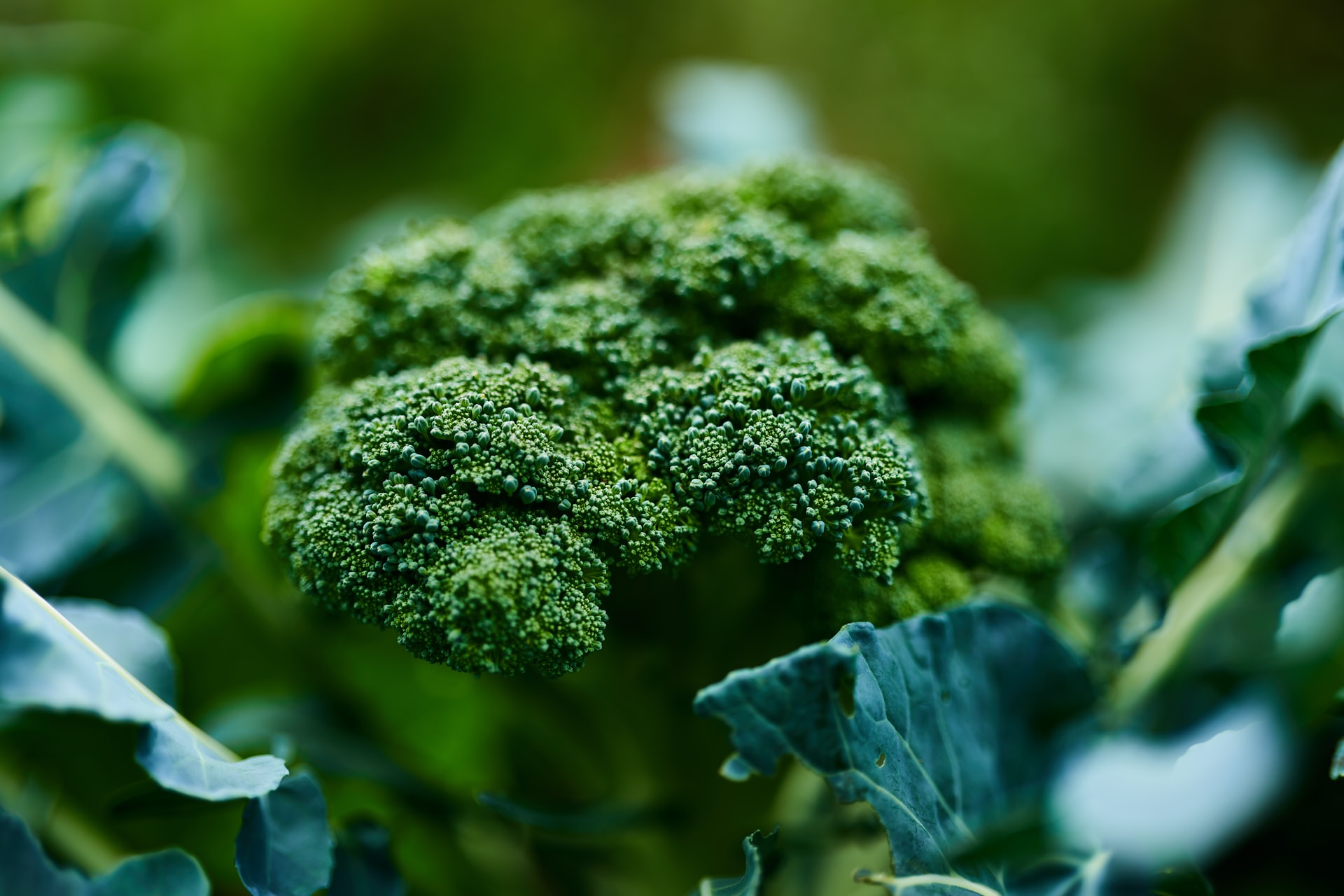
Mapping the World’s Growing Broccoli and Cauliflower Trade
Introduction
There is a growing broccoli and cauliflower production in various regions in the world. This is manifested by the steady global increase in the production of broccoli and cauliflower in the past four decades. These crops reached the historical maximum output in 2019 with about 25.7 million tons. (p. 7)
A total of 94 countries contributed to this production, including a number of countries from Asia, North America, Latin America, Europe, and the Middle East. (p. 10)
Among these countries contributing to the growing broccoli and cauliflower production, Asian and North American countries are taking the lead. Meanwhile, in terms of exports, countries in Europe and Latin America are the leaders.
Read on to know more about the growing broccoli and cauliflower production and trade that are taking place in the world.
Broccoli and Cauliflower Production: Who are the Global Leaders?
China and India are the leading countries in the growing broccoli and cauliflower volumes since they account for over 70% of world production. (p. 4) The US ranked far third, only taking 4.9% of the world’s broccoli and cauliflower production (p. 8) as it faces decreasing production volumes.
These three countries have the largest surface area for growing broccoli and cauliflower. China and India combined take 68.9% of the world’s harvest area. (p. 10)
But in terms of average yield, countries in Asia and the Middle East lead the broccoli and cauliflower production race. Jordan and Armenia had average yields of 45 tons per hectare and 39.8 tons per hectare, respectively. In comparison, Middle Eastern countries Bahrain and Kuwait have average yields of 35.3 and 34.5 tons per hectare, respectively. Putting that in the global context, the world average yield for the crop is 18.8 tons per hectare in 2020. (p. 12)
For Central and South America, the leading producers are Guatemala, Ecuador, Peru, Colombia, and Chile. (p. 5)
But while global broccoli and cauliflower production were continuously increasing, there was a decrease in the production growth rate of broccoli and cauliflower. Between 2011-2020, there was only an average annual variation of 1.9%, compared with 2.9% in the previous decade. (p. 7)
This was attributable to the drop in the rate of increase in world surface area during the same period. Between 2011-2020, there was an average annual broccoli and cauliflower acreage increase of 1.7%, only about half of the 3.1% average annual increase in the previous decade. In 2020, the harvest area of broccoli and cauliflower also decreased by 0.3% year-on-year to about 1.3 hectares. (p. 9)
Broccoli and Cauliflower Exports Globally
The growing broccoli and cauliflower production has responded to the increasing demand as the world saw the continuous rise of volumes of broccoli and cauliflower exports in the last two decades.
Exports in 2020 have doubled to about 1.4 million tons, compared with 2001 exports of 781,652 tons. (p. 17) Meanwhile, broccoli and cauliflower export value increased by more than three times to USD 1,642 million in 2020, compared with USD 464 million in 2001. (p. 17)
Spain and Mexico are the top exporters of broccoli and cauliflower, accounting for around 50% of world exports. (p. 4) The US ranks third, taking 8.4% of the world’s broccoli and cauliflower exports. (p. 18)
While Spain is the top exporter of broccoli and cauliflower, Mexico’s exports of the product to the US are considered the largest global flow of the product globally, which in 2020 amounted to 312,200 tons, with a value of USD 349 million. (p. 19)
World imports: Where does the Broccoli and Cauliflower Demand Come From?
The growing broccoli and cauliflower demand paved the way for the increased volumes of imports. In fact, it has also doubled in the last two decades: In 2020, 1.1 million tons of broccoli and cauliflower were imported globally, compared with only 551,659 tons in 2001.
But in terms of value, the broccoli and cauliflower imports rose by more than three-fold in the past decade, reaching USD 1,379 million of imports in 2020, compared with merely USD 378 million in 2001. (p. 14)
The UK is the top importer of broccoli and cauliflower, shipping 128,658 tons of the product in 2020, or 11.5% of the world’s imports. (p. 15) The UK mainly takes its broccoli and cauliflower supplies from Spain, which shipped 101,607 tons in 2020.
This was followed by Canada and the US, which took 9.8% and 8.9% of the world’s imports, respectively. (p. 16) Canada sourced 89,129 tons of broccoli and cauliflower supplies from the US in 2020, while the US imported 82,671 tons from Mexico. (p. 16)
ProducePay: Connecting Produce Buyers to Best-in-Class Blackberry Growers
Through the ProducePay Marketplace, wholesalers, distributors, and retailers can have reliable and secure means of buying quality broccoli and cauliflowers from growers in various regions.
The ProducePay Marketplace provides an automated matchmaking process, allowing produce buyers to quickly find growers that meet their specific produce and volume requirements.
ProducePay can also provide various tools, such as sales analyses and market reporting. In addition, growers can utilize ProducePay’s financing options that help them support their financial flow without the need for collateral.
Contact us to know more about how ProducePay Marketplace can assist with your produce trade.
Source:
